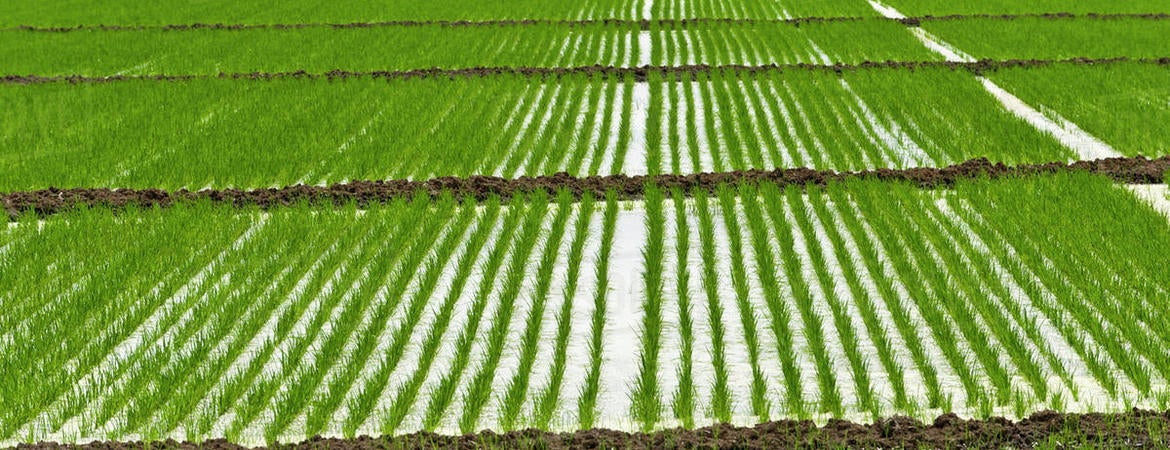
Experts in IIGB member Julia Bailey-Serres’ lab and The University of Nottingham now report they have discovered how plants sense low oxygen levels to survive flooding – a finding that could lead eventually to the production of high-yielding, flood-tolerant crops, benefiting farmers, markets and consumers everywhere.
Specifically, the researchers identified the molecular mechanism involved. This mechanism controls key plant proteins, causing them to be unstable when oxygen levels are normal. When roots or shoots are flooded and oxygen levels drop, these proteins become stable.
Bailey-Serres, an international expert in plant responses to flooding, has been working since 2003 on the cellular mechanisms that regulate submergence tolerance in rice. Her lab has focused on SUB1A, a gene responsible for tolerance of complete submergence in rice and found only in some low-yielding rice varieties in India and Sri Lanka. Her lab is renowned for having characterized the roles of the SUB1A gene that has been bred into modern rice varieties to allow plants to survive two weeks or longer of complete submergence caused by Monsoon rains.
In the current work, the researchers performed their experiments on Arabidopsis, a small flowering plant used widely in plant biology laboratories as a model organism. SUB1A-like proteins are present in other plants, including Arabidopsis. While the protein turnover mechanism targets SUB1A-like proteins in Arabidopsis, the researchers found, to their surprise, that rice SUB1A is resistant to the protein turnover mechanism.
Bailey-Serres and Michael Holdsworth, a professor of crop science at the University of Nottingham who co-led the research project with Bailey-Serres, were joined in the study by Seung Cho Lee (co-first author), a graduate student, and Takeshi Fukao, an associate specialist in botany and plant sciences, at UCR; Daniel Gibbs (co-first author), Nurukhikma Md Isa, Silvia Gramuglia, George W. Bassel, and Cristina Sousa Correia at The University of Nottingham; Francoise Corbineau at the Université Pierre & Marie Curie, France; and Frederica L. Theodoulou at Rothamsted Research, United Kingdom.
The study describing the oxygen-sensing protein turnover mechanism appears online Oct. 23 in Nature.